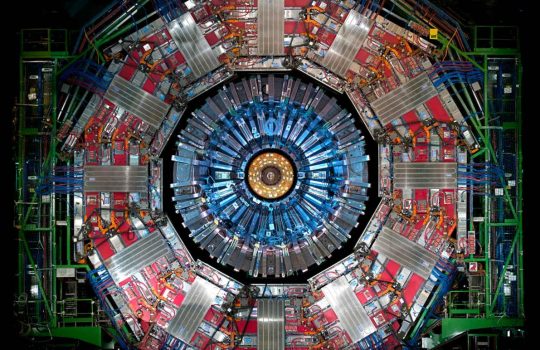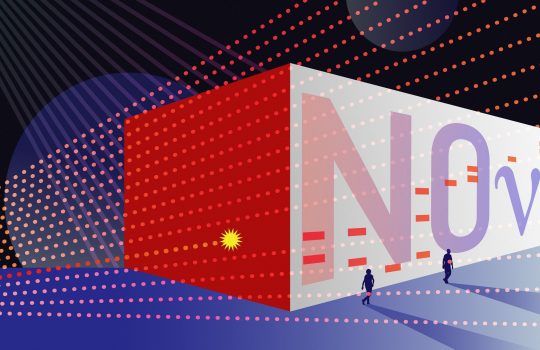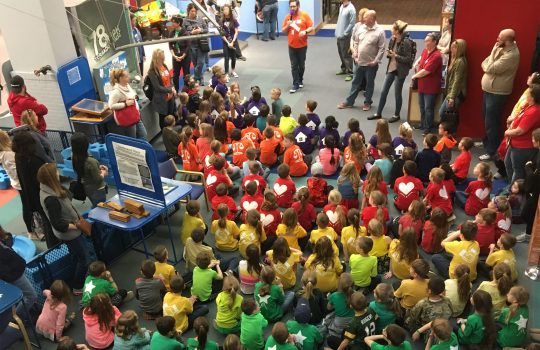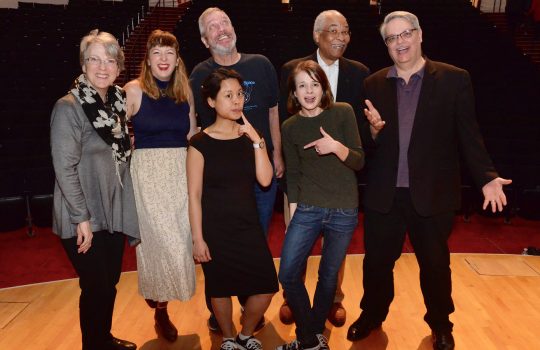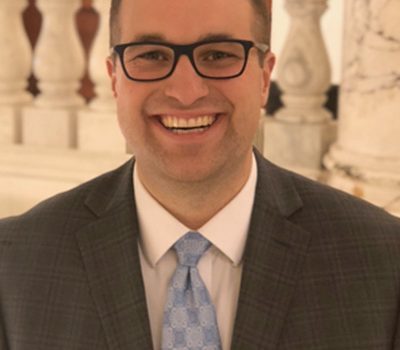Registration now open for the 2018 Fermilab Photowalk on July 28
Photographers will be able to visit, explore and take pictures of scientific machines and locations in research areas not usually accessible to the public. [Update: Registration is now closed.]


